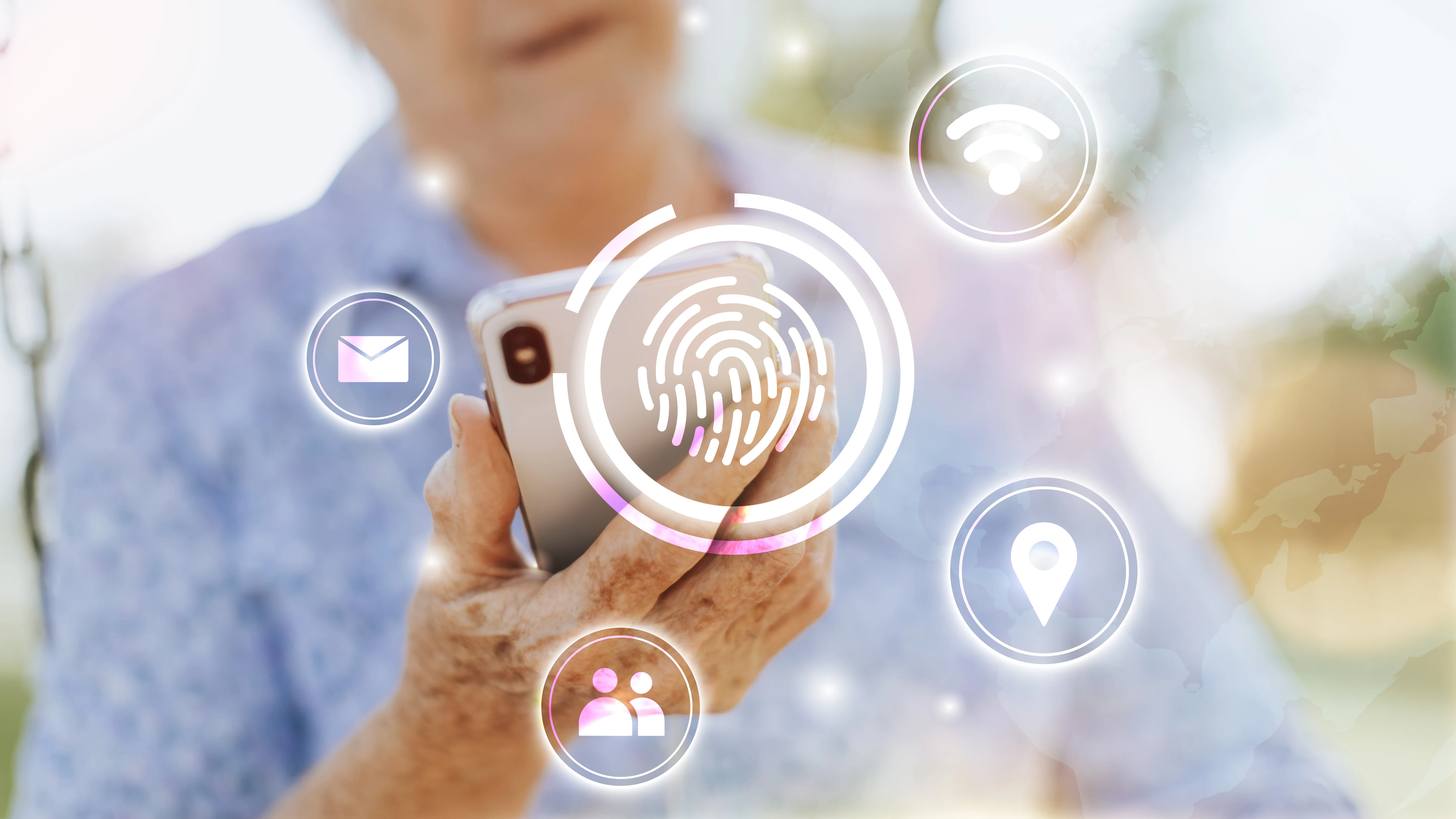We engage in online shopping, banking, social networking, and countless other
activities that require a digital presence.
What is digital identity? Essentially, it’s the unique representation of an
individual in the online realm, comprised of personal information used to
verify and authenticate one’s identity. It’s the digital equivalent of a
passport, allowing you to gain access to various digital services.

Digital Identity vs. User
It’s crucial to differentiate between a digital identity and a user. A user
is simply someone who interacts with a digital system, while a digital
identity is the specific information used to verify that user’s identity.
For instance, when you create an account on a social media platform, you’re
a user. The information you provide — such as your name, email address, and
date of birth — collectively forms your digital identity on that platform.
Common Types of Digital Identities
There are several types of digital identities, each serving different purposes:
-
Managed Digital Identities:
Typically controlled by organizations, such as government agencies or corporations.
Examples include social security numbers and employee IDs. -
Federated Digital Identities:
Involves using credentials from one service to access another (e.g., using your Google account to log in to a different website). -
Self-Asserted Digital Identities:
Rely on information provided by the individual without external verification (e.g., an online profile with basic details).
What is Digital Identity Management?
Managing your digital identity is crucial in





